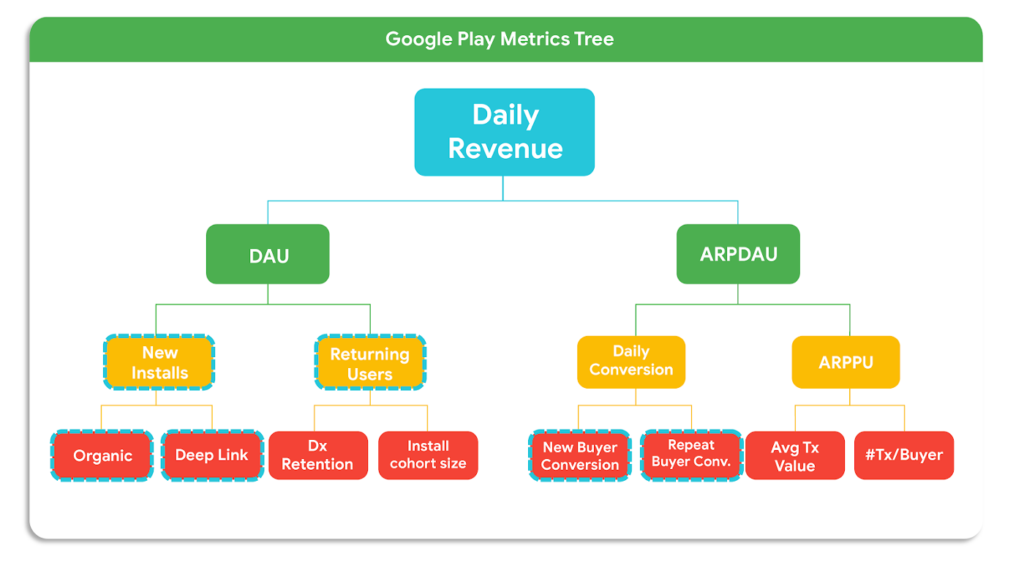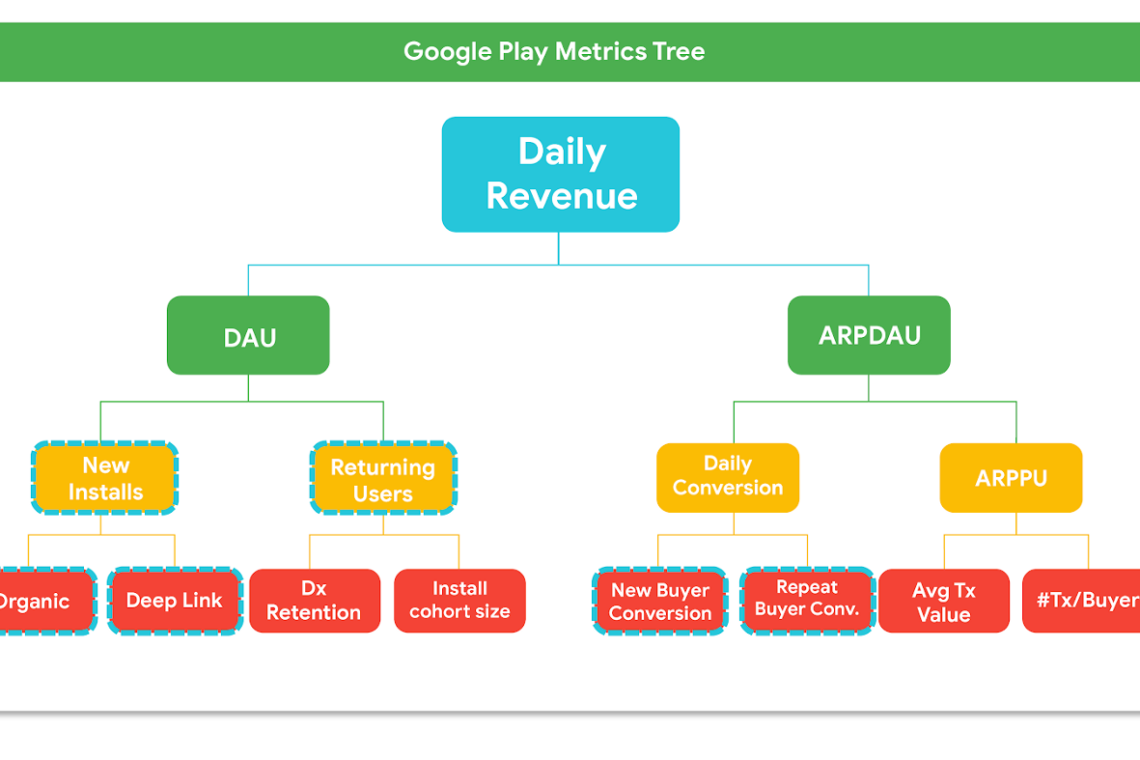
The advantages of testing, measuring, and iterating for the best results cannot be overstated, especially in light of the fact that technology has made campaign and engagement data more accessible than ever.
With the right analytics, you can implement and optimise the most successful campaigns to boost player income. However, the effectiveness of the results depends on the measurement instruments you employ. You should make sure you’re employing the proper assessment methods in this case.
In order to understand the value your efforts are bringing in and how to improve them to yield greater returns, we will look at four strategies to analyse the impact of engagement on revenue.
Using universal holdbacks to gauge long-term effects
By using a subset of all your player profiles as a control group to exclude from receiving your campaigns, you can employ universal holdbacks, also known as UHBs.
This enables you to precisely gauge the overall impact and financial boost your campaign actions have had over a certain period of time.
Leanplum’s bucketing functionality lets you set up your player control group to create a universal holdback.
This may be seen as a costly process that needs more debate and approval because you’re leaving a portion of the players out of your conversation. As a result, this strategy is not used by many businesses. In reality, we discovered that less than 5% of efforts employ UHBs to gauge impact after studying over 1,800 campaigns and 670 million messages for our Games Data Science Report.
However, without adopting a UHB, it is impossible to determine whether money was lost. Fortunately, there are ways you may use to make up for potential UHB revenue losses. You can use data from UHBs to identify which campaigns deliver higher lifts and concentrate on creating more of those kinds of campaigns in the future to make up for any losses from running the UHB. Targeting the UHB with the same campaign(s) once the experiment is over is another choice to make up any lost revenue (s).
It can be difficult, if not impossible, to improve your advertising without knowing what is working through testing and analytics. You can observe the cumulative impact of your numerous programmes over time by doing tests with UHBs at regular intervals, such as once a month or once every three months.
campaign-level performance and holdbacks comparison
Campaign holdbacks (CHBs) simply identify a piece of your campaign audience to utilise as a control group, in contrast to universal holdbacks, when you’re withholding a complete subsection of your player population from your messaging.
This enables you to use CHBs to evaluate the effectiveness of individual campaigns in generating additional revenue. You can better understand which components are effective — and which are not — by examining data from a single marketing event.
A CHB can be set up with Leanplum by simply pressing a button. Simply enter a holdback percentage for your audience when designing a campaign.
Even better, you can compare the outcomes of various efforts to decide which ones to terminate, scale back, or keep going.
utilising last-touch attribution to connect actions and outcomes
Another analytics tool that provides a more easily accessible way to measurement is last touch attribution (also known as LTA); no creation of control groups is required.
The LTA method, which we previously applied in our report on games data science, links a player’s most recent action with various campaign outcomes. Leanplum even allows you to customise the credit window. And while correlation doesn’t always imply causation, LTA aids in determining the effect your advertisements have on sales.
You can uncover trends and techniques to apply to future activities or make adjustments for improved results for experiences that are associated with higher income.
On the other hand, examining unsuccessful efforts enables you to identify potential future pitfalls.
segment-level research to personalise offers
Using player data, such as spending patterns, segment-level analytics helps you target groups of players and personalise their experience.
For instance, different players have various expenditure caps. You’re simply attempting to get non-payers to cross the psychological barrier of paying for a game. Sending $0.99 offers to them therefore makes sense.
However, for other gamers who regularly spend $4.99 on extra virtual currency, your offers might be intended to get them to spend $7.99 or $9.99 instead.
You can show various offers to the various player segments using Leanplum’s RFM segmentation to segment according to spending behaviours, along with factors that let you personalise what your players see, and then evaluate the outcomes.
segment-level research to personalise offers
Using player data, such as spending patterns, segment-level analytics helps you target groups of players and personalise their experience.
For instance, different players have various expenditure caps. You’re simply attempting to get non-payers to cross the psychological barrier of paying for a game. Sending $0.99 offers to them therefore makes sense.
However, for other gamers who regularly spend $4.99 on extra virtual currency, your offers might be intended to get them to spend $7.99 or $9.99 instead.
You can show various offers to the various player segments using Leanplum’s RFM segmentation to segment according to spending behaviours, along with factors that let you personalise what your players see, and then evaluate the outcomes.
The potential is limitless with the correct understanding.
Methods that might exclude some players from your campaigns have some upfront fees, it’s true. Finally, there is the long-term benefit of cost savings from operational efficiency and revenue increase that results from realising the value of your initiatives.
You may monitor the results of your player lifecycle marketing initiatives over time by testing and enhancing them frequently. Future campaign strategies can use what you’ve learned, including what motivates your players and where adjustments are needed.
As you improve your advertising methods through testing, you’ll notice more active players, greater money, and quicker growth.
